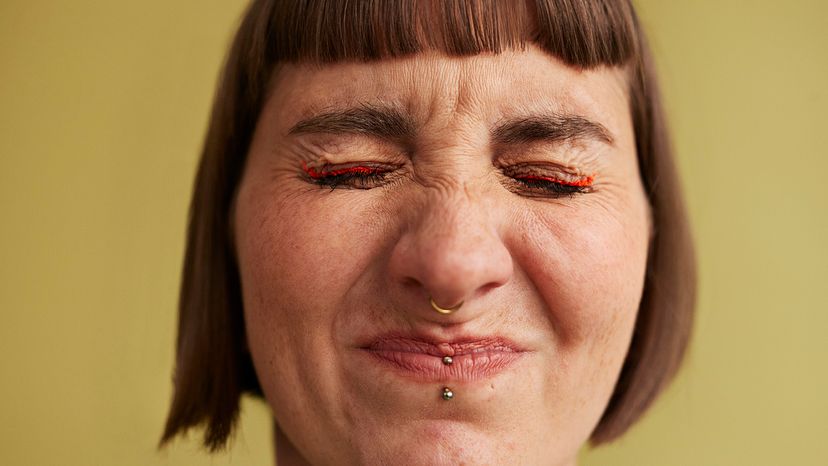
Take a glance around any crowd and you’ll notice one thing: Noses come in all kinds of shapes and sizes. From sleek and straight to curved and prominent, the many types of noses play a big role in defining our unique facial features.
Whether shaped by genetics or refined through a surgical procedure, every nose tells its own story. Let’s sniff out the most common and iconic types of nose shapes seen around the world.
Advertisement